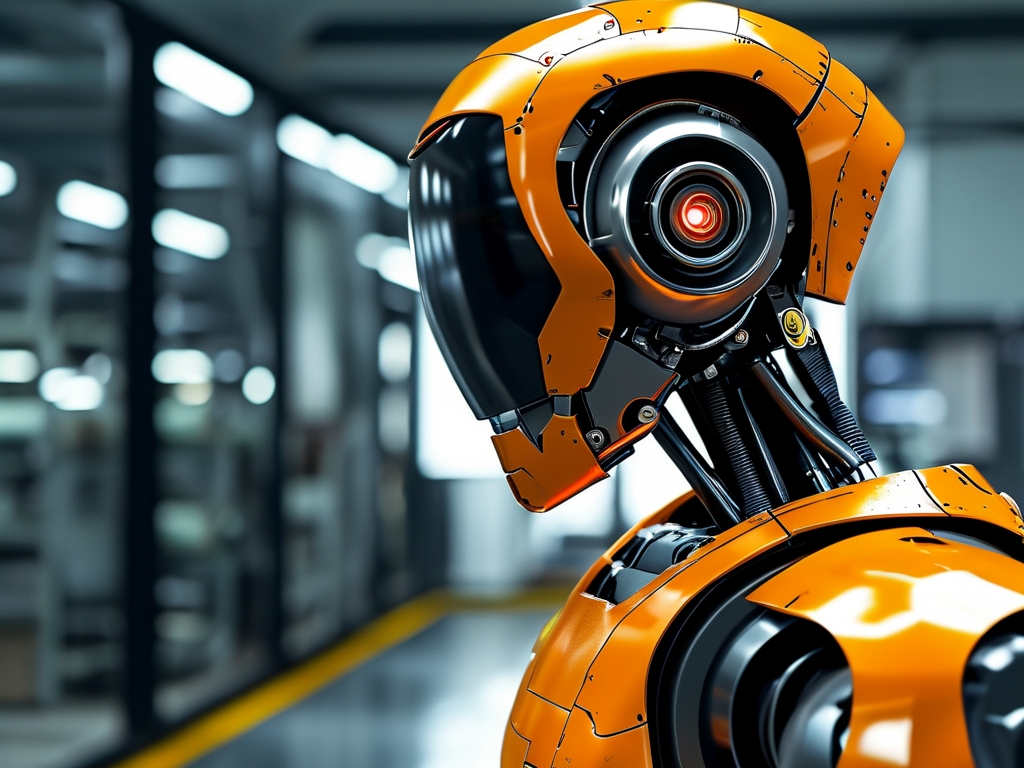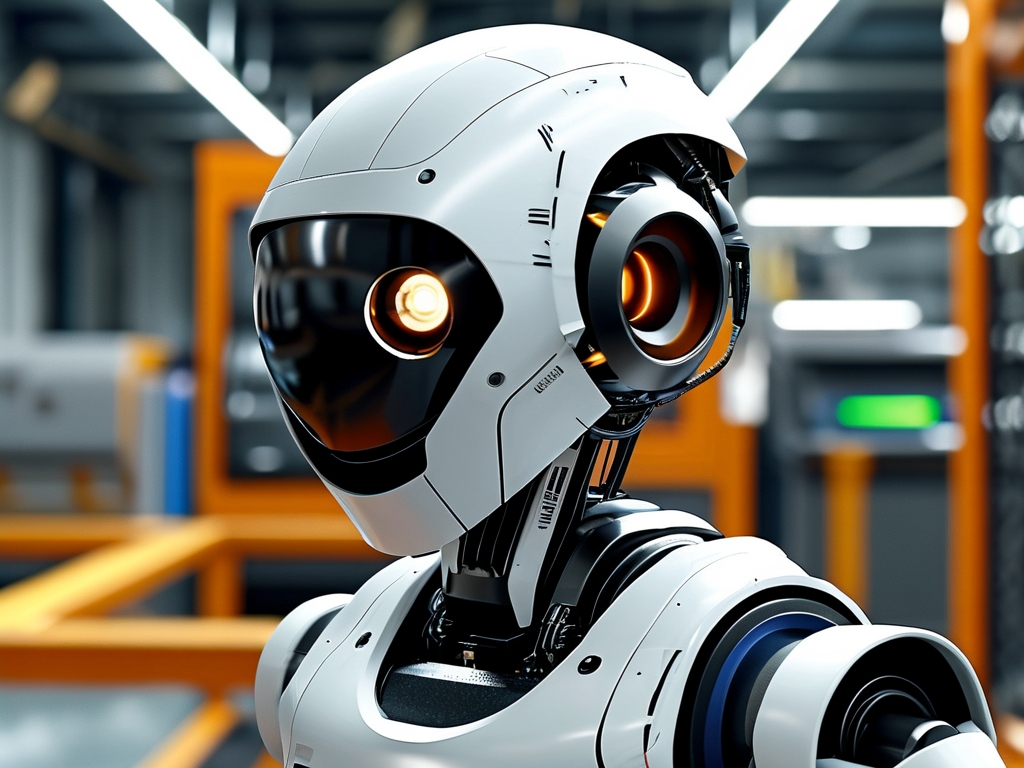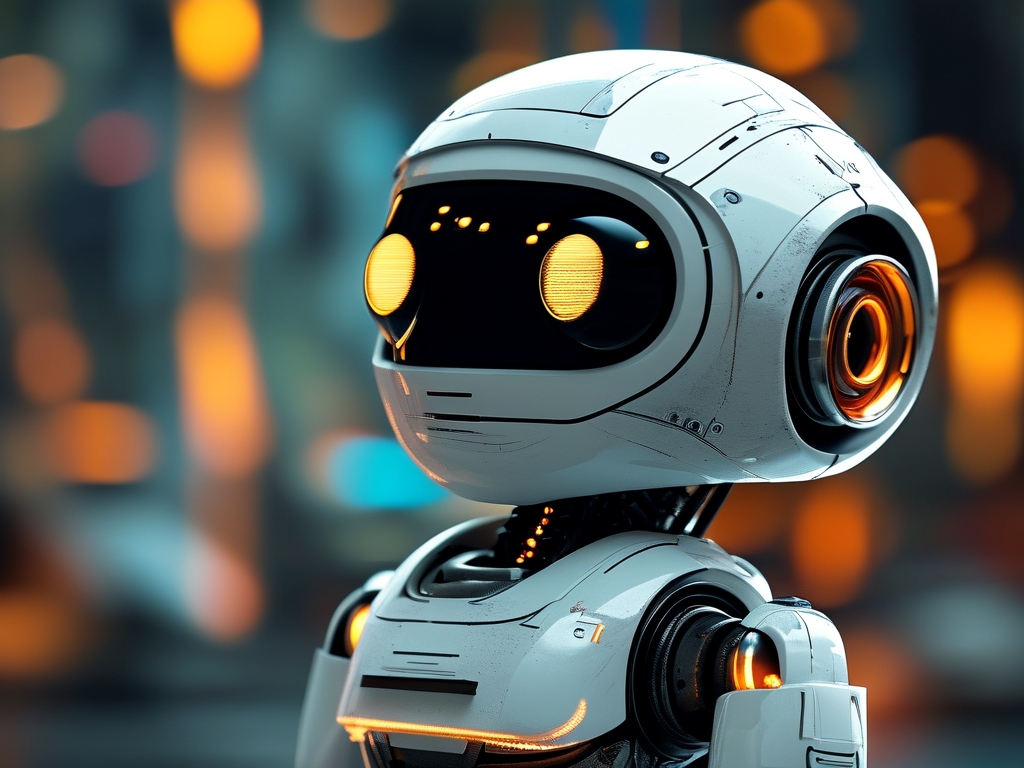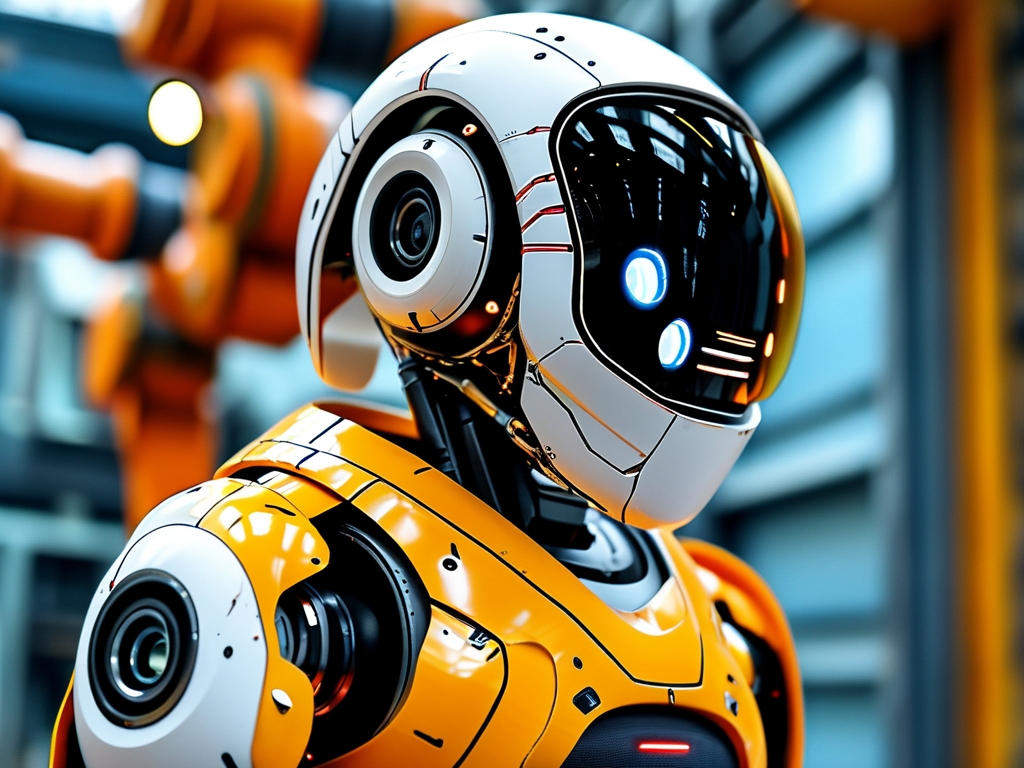Over the past decade, China has emerged as a global leader in robotics technology, driven by strategic government policies, a booming manufacturing sector, and relentless innovation. Domestic robotics, once overshadowed by foreign giants like ABB or Fanuc, now stands at the forefront of industrial automation, service robotics, and artificial intelligence (AI)-driven solutions. This article explores the evolution of China’s homegrown robotics industry, its current achievements, and the challenges it faces in an increasingly competitive global landscape.
The Foundation: Policy Support and Market Demand
China’s robotics revolution began with the government’s "Made in China 2025" initiative, launched in 2015. This blueprint prioritized advanced manufacturing, including robotics, as a cornerstone for economic transformation. Subsidies, tax incentives, and state-funded research programs fueled rapid growth. By 2023, China accounted for over 40% of global industrial robot installations, with domestic brands like SIASUN and ESTUN capturing significant market share.

The surge in demand for automation, particularly in electronics, automotive, and logistics sectors, further accelerated development. For instance, companies like DJI (known for consumer drones) expanded into industrial robotics, while startups such as Ubtech pioneered humanoid robots for education and healthcare.
Breakthroughs in Core Technologies
Historically, China relied on imported components like precision reducers and servo motors. However, recent breakthroughs have reduced this dependency. Companies like STEP Electric and Inovance have developed high-performance servo systems, while institutions like the Chinese Academy of Sciences advanced AI algorithms for robot perception and decision-making. Collaborative robots (cobots), designed to work alongside humans, became a specialty of firms such as AUBO Robotics, rivaling international competitors in flexibility and cost-efficiency.
In AI-driven robotics, China’s edge lies in massive data pools and computing infrastructure. Baidu’s Apollo platform, for example, integrates autonomous driving technologies, while SenseTime’s computer vision systems enhance robotic precision in manufacturing and medical applications.
Applications Across Industries
1. Manufacturing Automation
Chinese factories increasingly deploy domestic robots for tasks like welding, assembly, and quality inspection. SIASUN’s SCARA robots, for instance, dominate smartphone production lines, offering speed and accuracy at lower costs than foreign alternatives.
2. Service and Healthcare Robotics
The aging population and labor shortages have spurred demand for service robots. Units like PuduTech’s delivery robots now operate in restaurants and hospitals, while Fourier Intelligence’s rehabilitation robots assist patients in regaining motor functions. During the COVID-19 pandemic, sterilization and telemedicine robots became critical tools.
3. Agricultural and Logistics Innovation
In agriculture, companies like XAG develop drones and autonomous tractors for precision farming. Meanwhile, JD.com and Alibaba’s logistics networks rely on thousands of sorting and delivery robots, slashing operational costs and delivery times.
Challenges on the Road to Dominance
Despite progress, gaps remain. High-end robotics still depend on foreign chips and software, exposing vulnerabilities amid geopolitical tensions. Additionally, while China leads in quantity, critics argue that innovation quality lags behind pioneers like Japan or Germany. Intellectual property disputes and a fragmented supply chain also hinder progress.
Moreover, global skepticism persists. Foreign competitors often dismiss Chinese robotics as "copycat" products, though this perception is shifting as brands like DJI and Ubtech gain international acclaim.
The Future: Integration and Global Expansion
Looking ahead, China aims to integrate robotics with 5G, edge computing, and the metaverse. Pilot projects in "smart factories" combine AI, IoT, and robots for fully autonomous production. Meanwhile, overseas expansion is underway: SIASUN’s robots now operate in European automotive plants, and DJI’s agricultural drones serve farms in Southeast Asia and Africa.
Government-backed initiatives like the "Robotics+" action plan (2023–2025) seek to embed robots into daily life, from elderly care to urban management. With sustained investment and cross-industry collaboration, China is poised to redefine global robotics standards—not just as a manufacturer, but as an innovator.
China’s domestic robotics industry exemplifies the nation’s shift from imitation to innovation. By leveraging policy support, market scale, and technological ambition, it has carved a unique path in the global arena. While challenges remain, the convergence of AI, manufacturing prowess, and entrepreneurial spirit suggests that Chinese robots will continue to transform industries worldwide, one automated step at a time.






